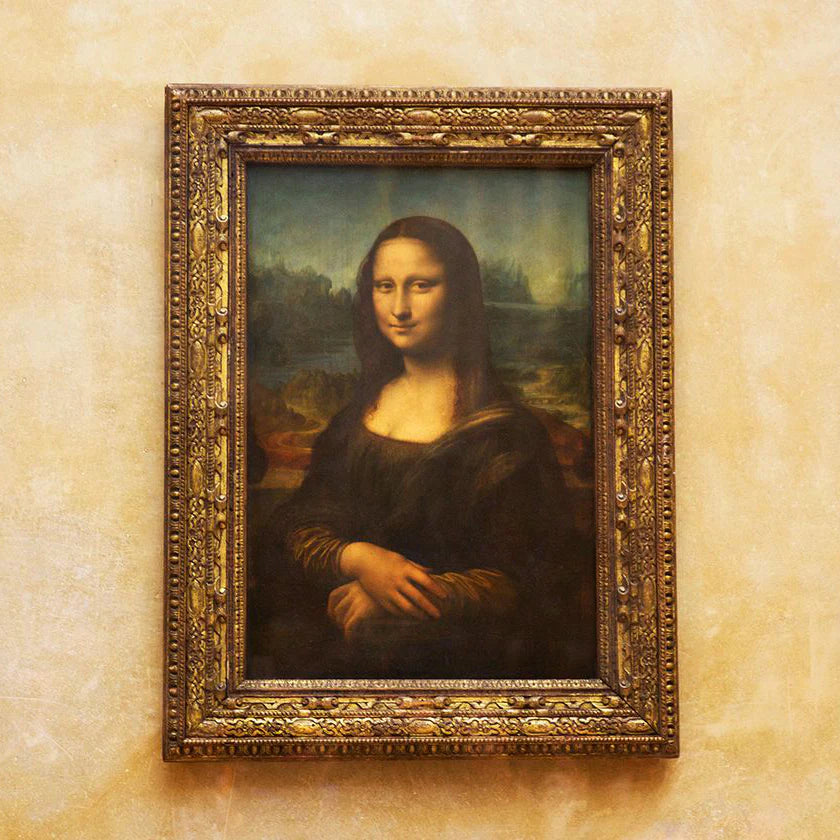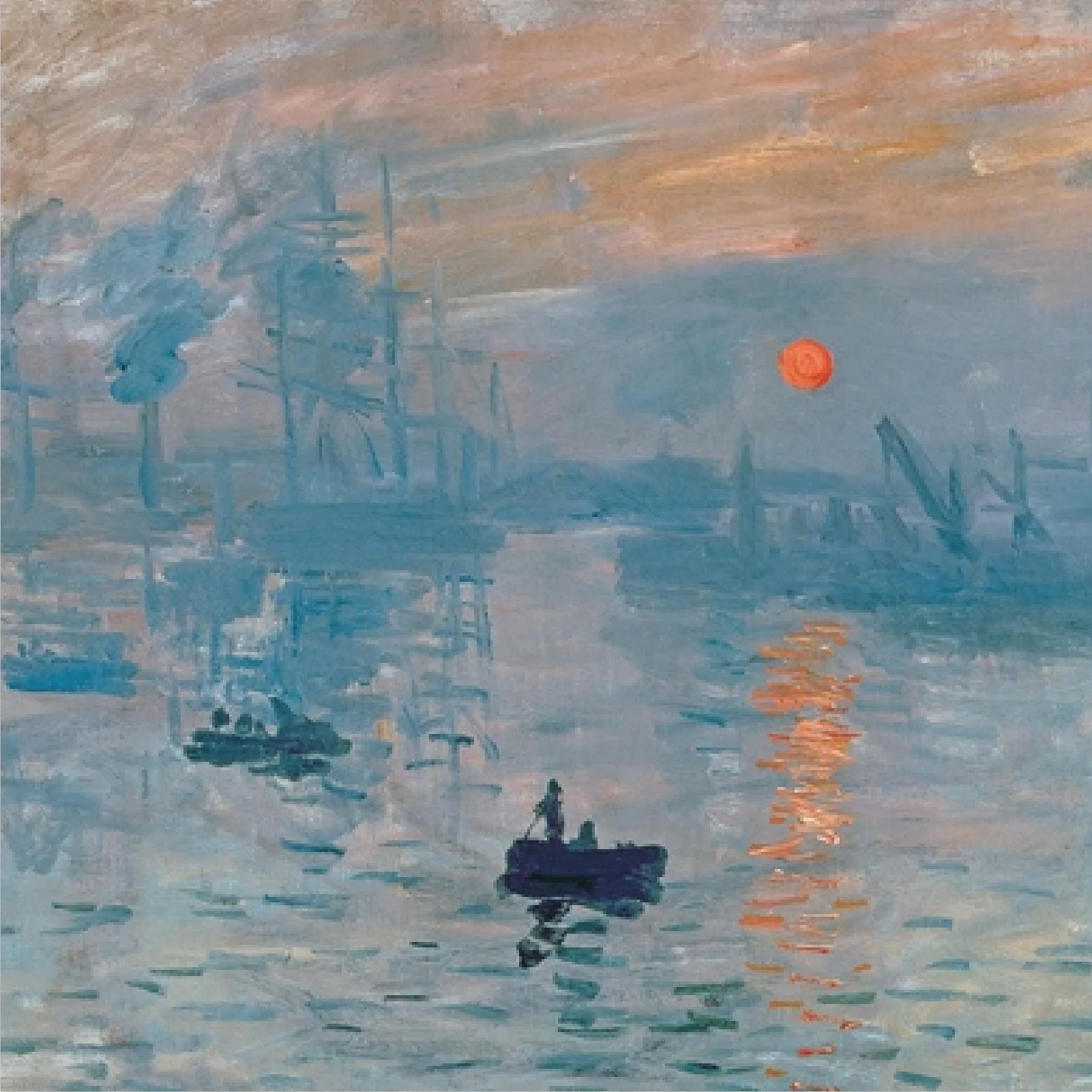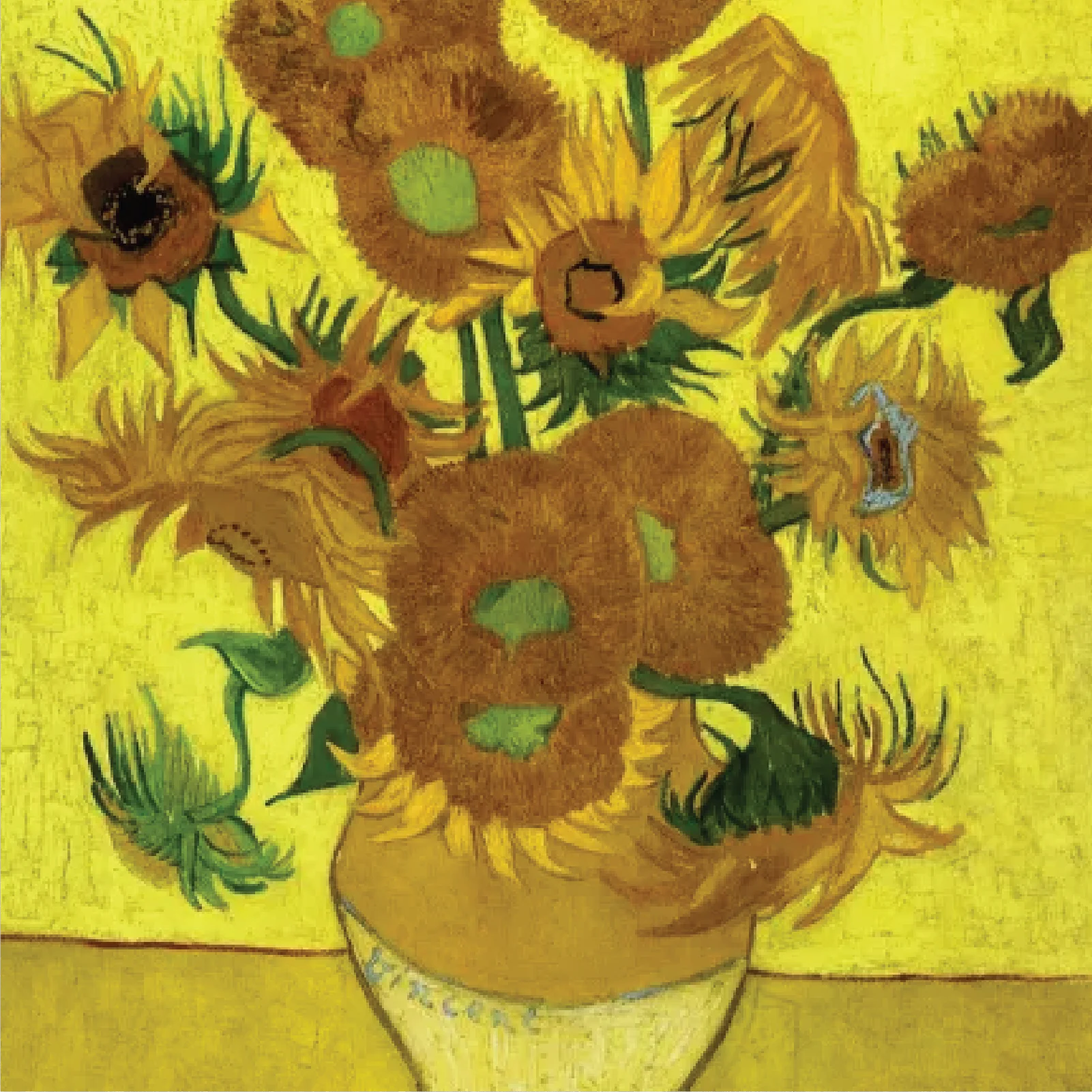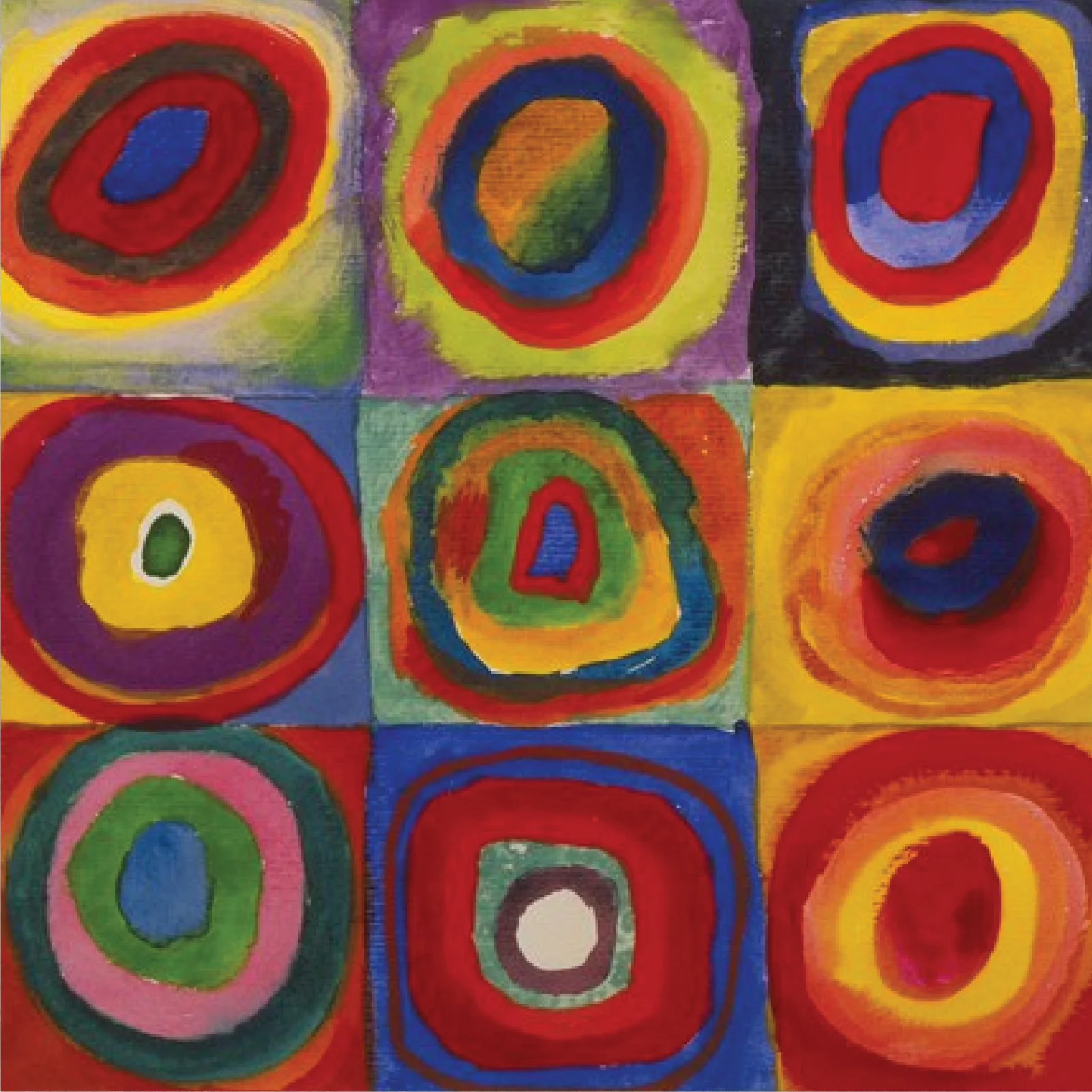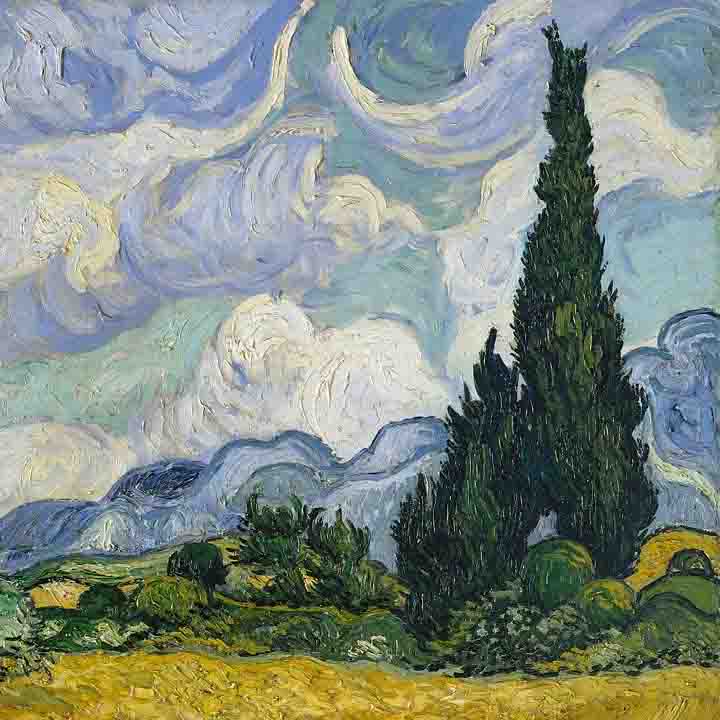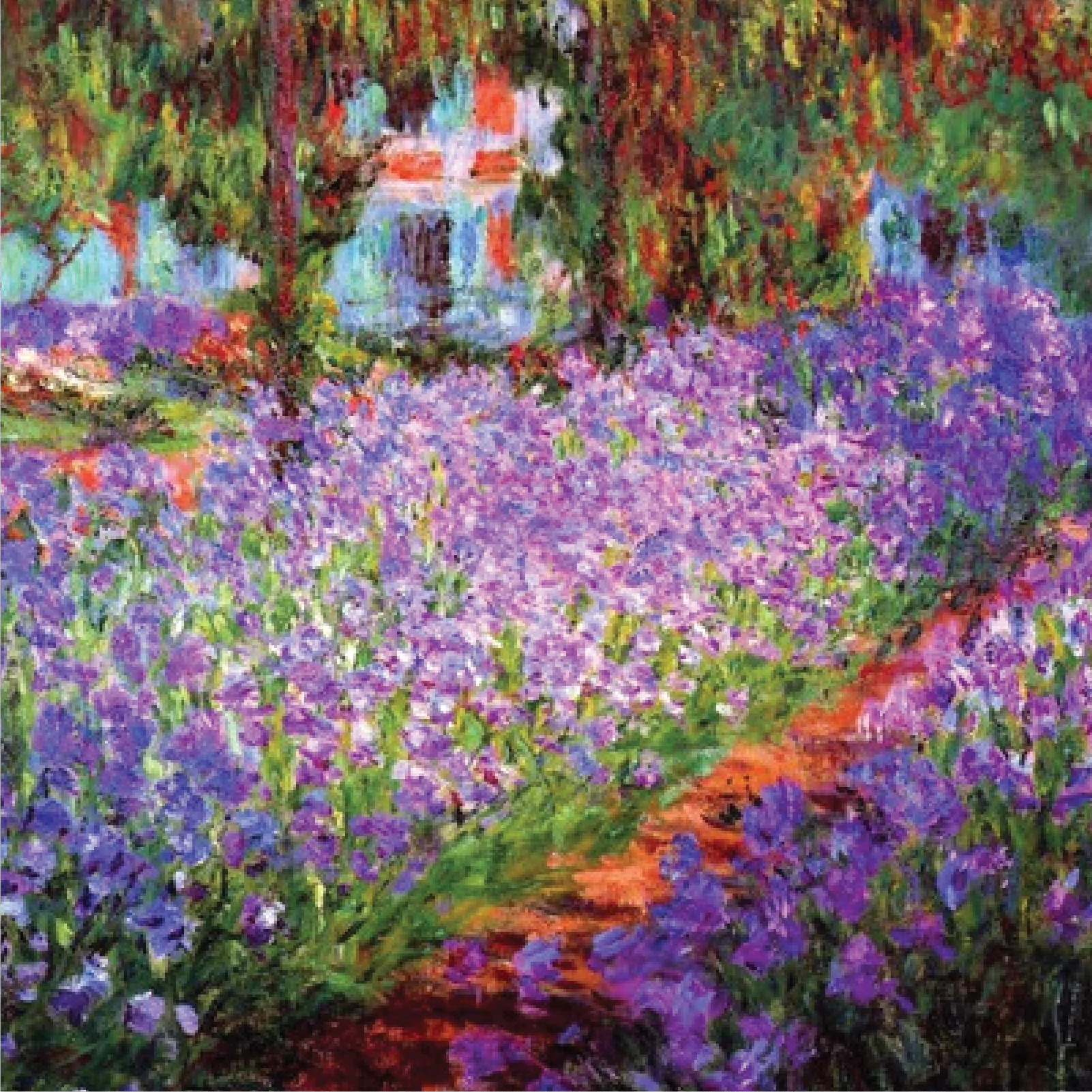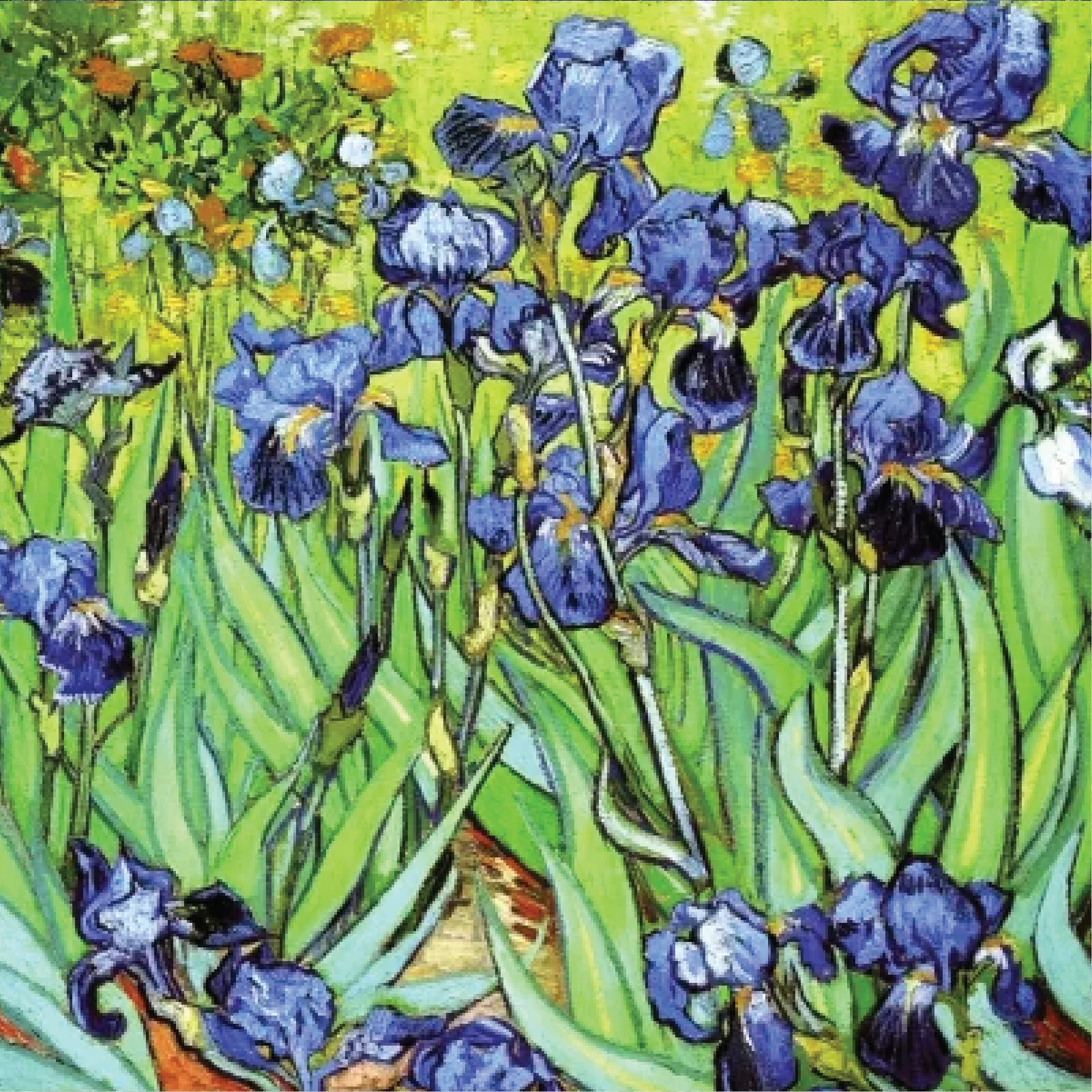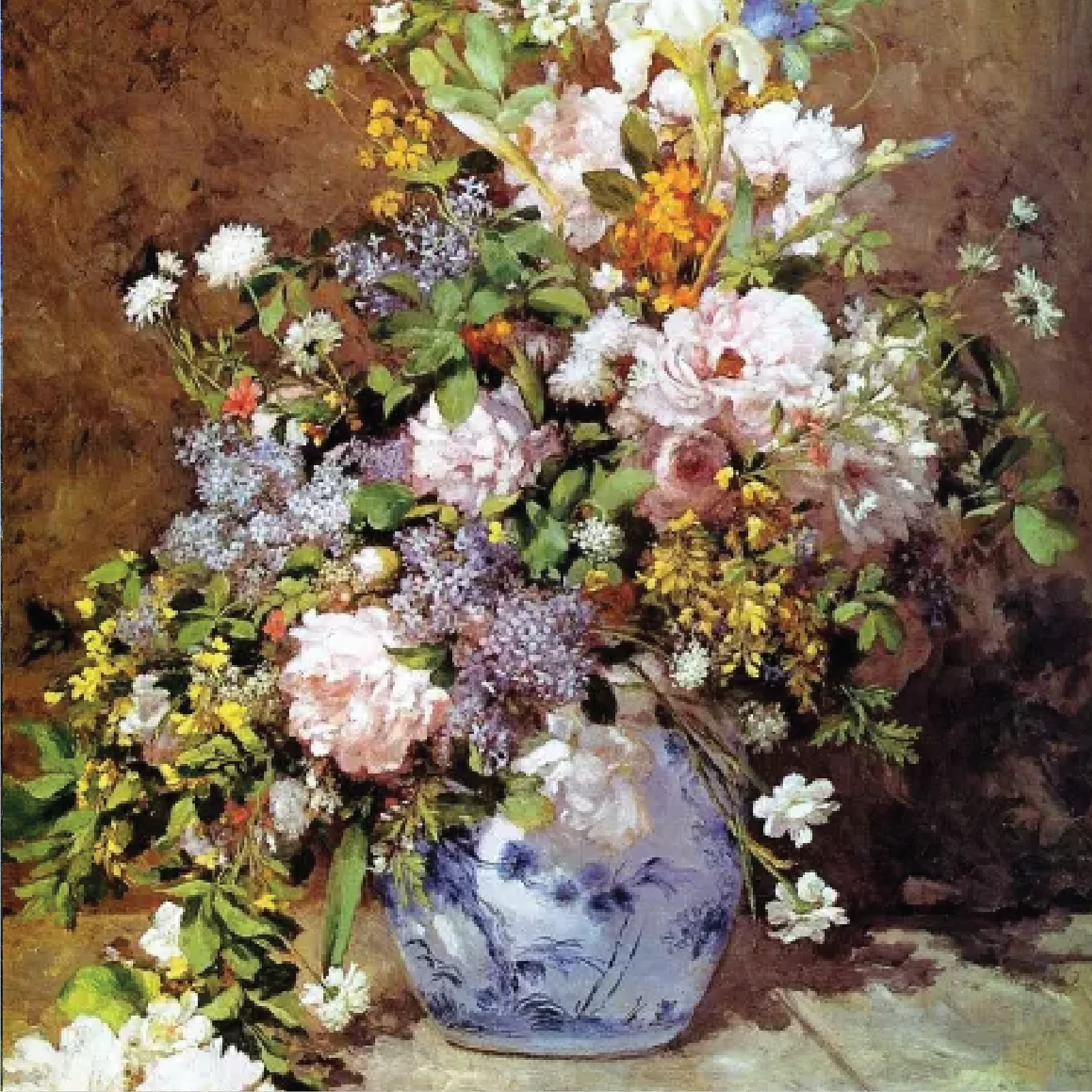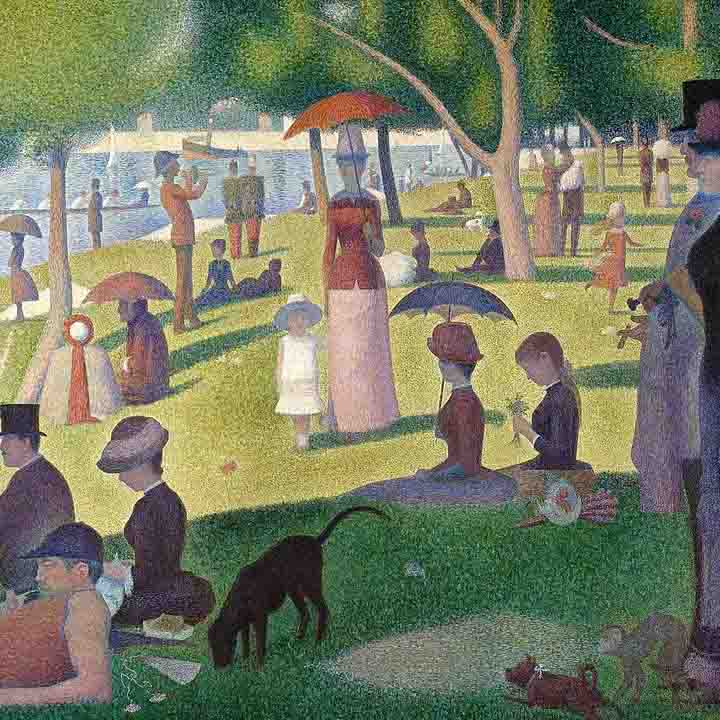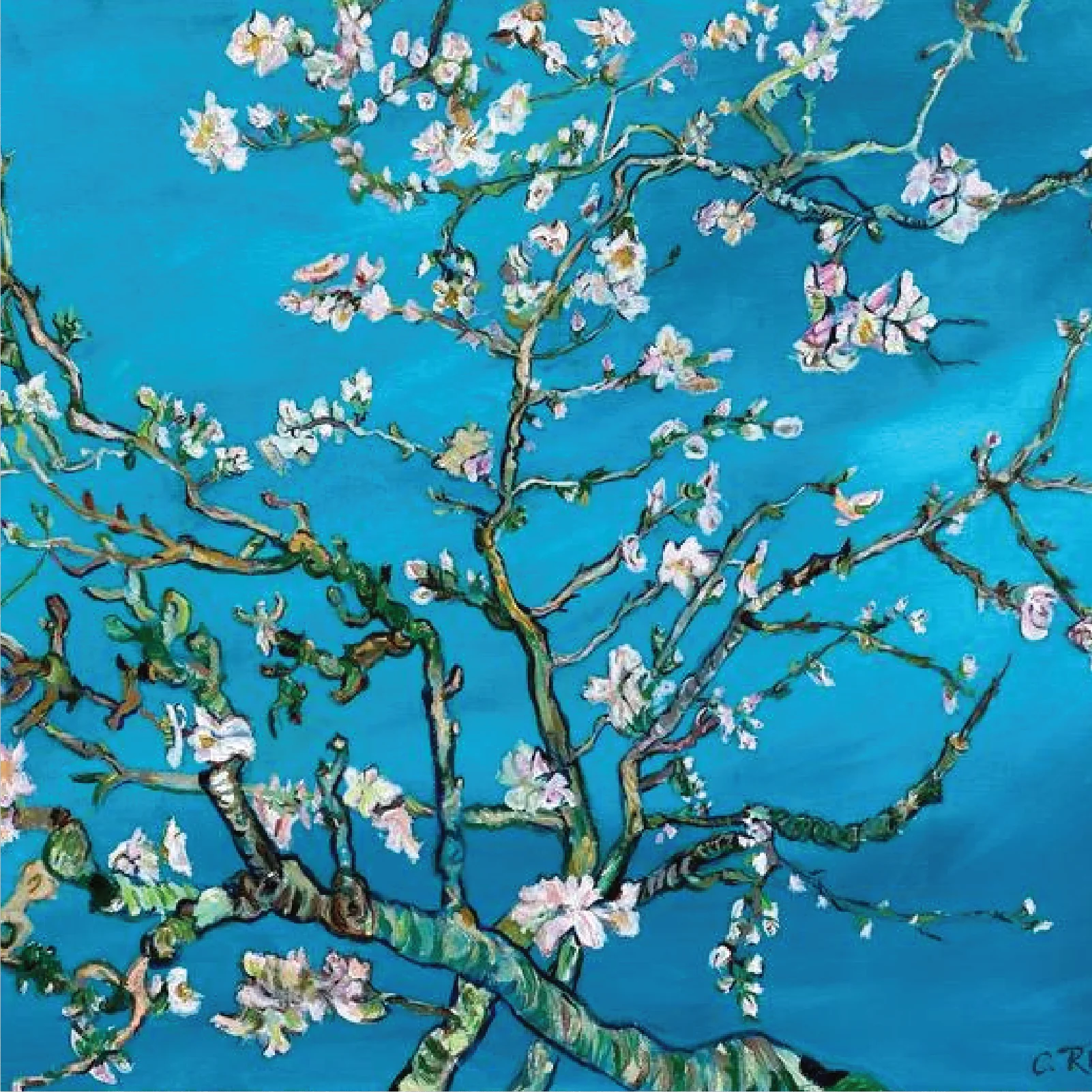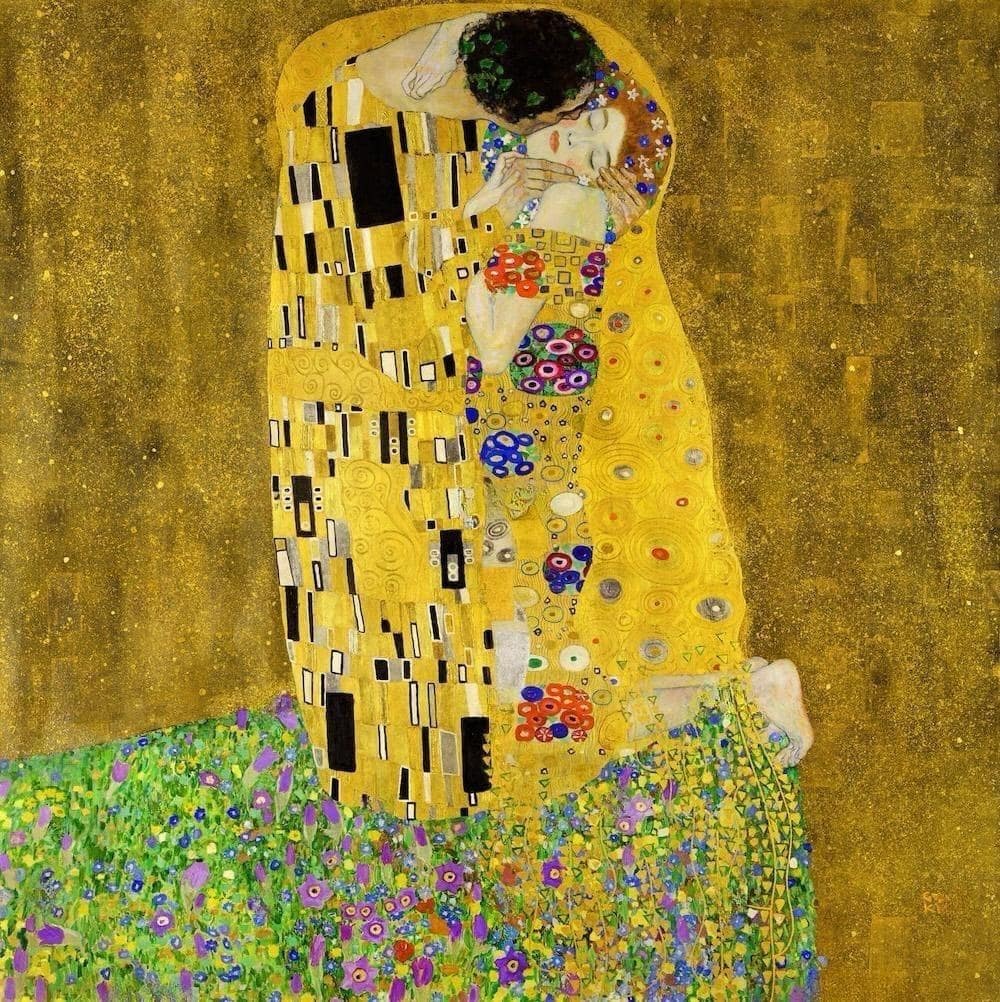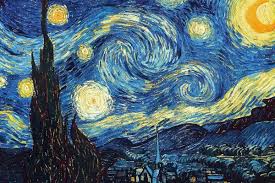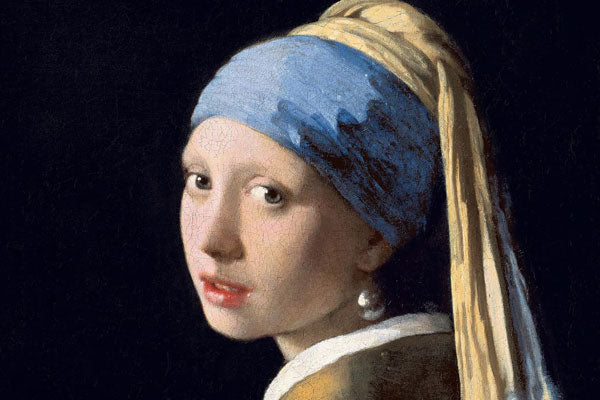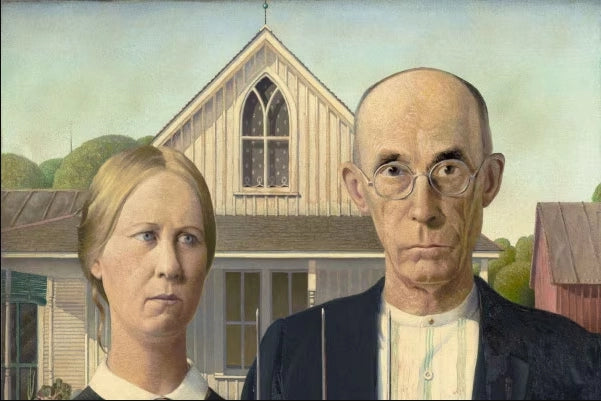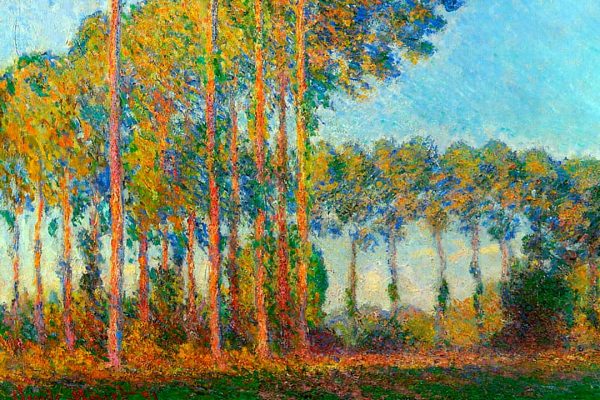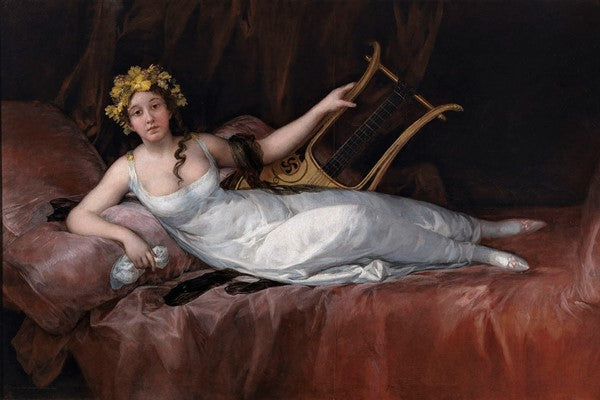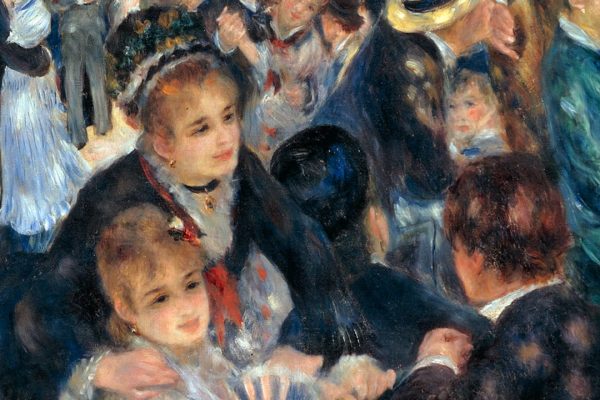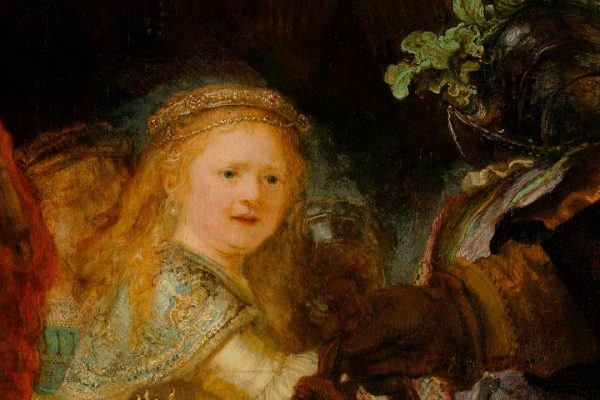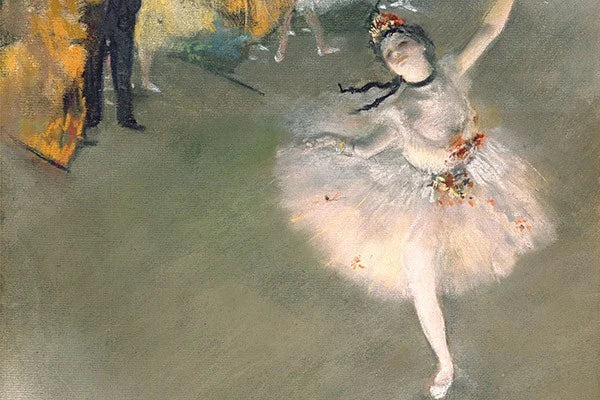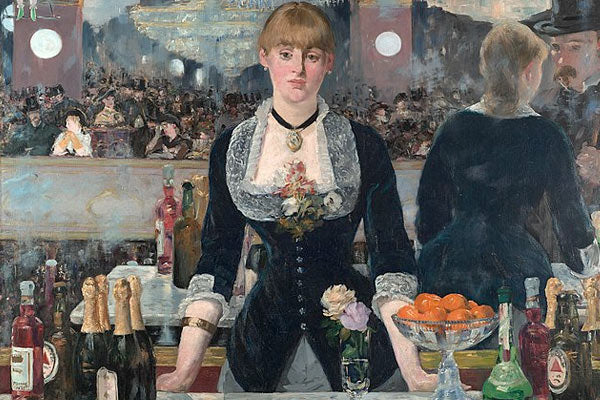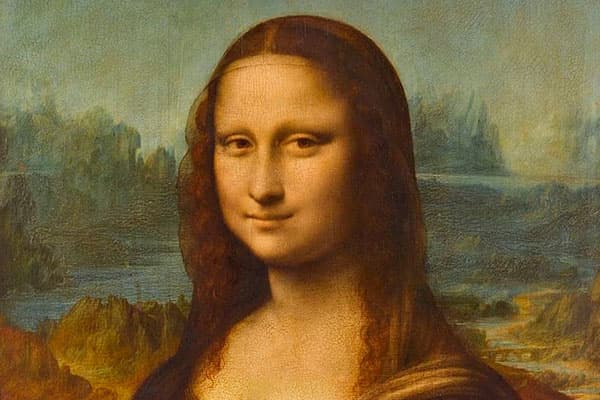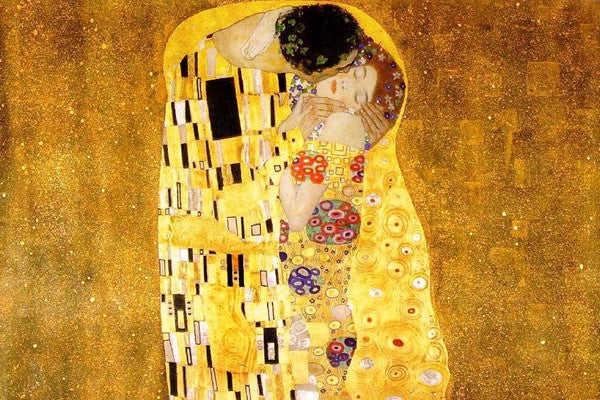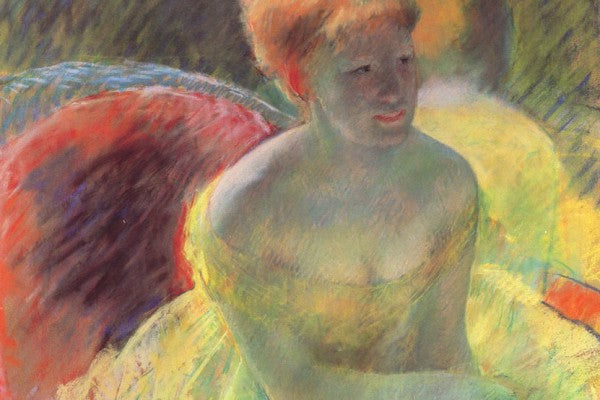
Many art buyers struggle to tell the difference between an original print and a reproduction. What is an art reproduction? It's a copy of an original artwork made through mechanical or digital methods.
This guide will explain the key features that set original prints apart from reproductions. You'll learn how to spot the real deal and make smart buying choices.
Key Takeaways
- Art reproductions are machine-made copies of original artwork using digital or offset printing, while original prints come directly from artists through methods like woodcuts and etchings.
- Original prints are signed and numbered by artists (like "15/100") and made in limited batches of 10-250 pieces. Artists directly control the creative process and make each print by hand.
- Reproductions help spread art to more people at lower costs. They use special inkjet printers and high-quality paper to make thousands of identical copies.
- Original prints show unique features like plate marks, raised ink, and rich colors. Famous artists like Rembrandt and Picasso made their names through printmaking.
- When buying art, check for artist signatures, edition numbers, and authenticity certificates. Original prints cost more but hold better value than reproductions over time.
What Is an Art Reproduction?

An art reproduction copies original artwork through digital printing or offset lithography or through hand-made methods. These copies let more people own famous art pieces without paying high prices for originals.
Modern technology creates exact copies that look almost identical to the original work. Digital printers and computers now produce sharp, clear images that capture every detail of paintings, drawings, and other artwork.
Art reproductions democratize masterpieces, bringing museum-quality works into everyday homes.
Reproductions differ from original prints in their creation process. Artists don't directly make reproductions - machines do. Mass production methods create hundreds or thousands of copies quickly.
The process uses special inkjet printers and high-quality paper to make detailed copies. These copies help spread art to more people, but they don't hold the same value as artist-made prints.
What Is an Oil Painting Reproduction?

Oil painting reproductions are hand-painted copies of original artworks created using oil paints and traditional painting techniques. These reproductions aim to replicate the appearance, style, and artistic qualities of the original masterpiece as closely as possible. Professional reproduction artists study the original work's brushwork, color palette, and composition to create faithful copies on canvas.
Unlike mechanical reproductions or prints, oil painting reproductions are unique artworks in their own right, as each one is individually painted by hand. The quality can vary significantly depending on the skill of the reproduction artist, the materials used, and the attention to detail in matching the original work's characteristics.
The process typically involves:
- Preparing a canvas with similar dimensions to the original
- Studying the original artwork's techniques and color composition
- Applying multiple layers of oil paint to achieve depth and texture
- Replicating the artist's brushwork and painting style
- Adding aging effects or patina to match the original's appearance
| Aspect | Description |
|---|---|
| Definition | Hand-painted copies of original artworks using oil paints on canvas |
| Materials Used | Oil paints, canvas, primer, varnish, stretcher bars |
| Creation Process | Layer-by-layer painting, drying time between layers, final varnishing |
| Skill Level Required | Advanced understanding of color theory, brushwork, and composition |
| Common Sources | Famous works by Van Gogh, Da Vinci, Monet, Rembrandt, etc. |
| Price Range | $100-$3000+ depending on size and quality |
| Quality Grades | Museum-quality, Gallery-quality, Decorative-quality, Student-grade |
| Legal Status | Legal to create and sell as long as properly labeled as reproductions |
| Typical Timeframe | 2-6 weeks for completion, depending on complexity |
| Market | Art galleries, online retailers, custom commissions, interior decorators |
Key advantages of reproductions:
- Cost-effective way to own masterpiece-style artwork
- Available in custom sizes to fit specific spaces
- Can be modified slightly to match interior color schemes
- Helps preserve art history by making classics accessible
What Is an Original Print?

Original prints come straight from an artist's hand through special printing methods. Artists create these prints using techniques like woodcuts, etchings, or screen printing. Each print starts with the artist carving, etching, or drawing their design onto a surface like wood, metal, or silk screens.
The artist then applies ink to this surface and transfers the image onto paper. Master artists like Rembrandt and Picasso made their names famous through these printing methods.
The value of original prints lies in their limited numbers and direct artist involvement. Artists sign and number each print in pencil, showing how many exist in the set. For example, "15/100" means it's the 15th print in a set of 100.
These prints hold more worth than regular copies because the artist personally makes and approves each one. Let's explore how these original prints differ from mass-produced reproductions.
Key Differences Between Original Prints and Reproductions

Original prints come straight from an artist's hands through creative methods like etching or woodblock, while reproductions pop out of modern printers - want to know what makes each special and which one might be perfect for your walls?
Creative process vs. mechanical process

Artists create original prints through hands-on methods like engraving, relief printing, or intaglio. Each print reflects the artist's direct touch and creative choices during the printmaking process.
The artist inks plates, adjusts pressure, and makes split-second decisions that affect the final artwork. These choices lead to subtle variations between prints, even within the same edition.
Mechanical reproductions rely on digital printers or offset printing machines to copy artwork. These machines produce exact duplicates without any artistic intervention. The printing process stays consistent, creating identical copies every time.
While modern technology delivers high-quality reproductions, they lack the personal touches and intentional variations found in artist-made prints. A Giclée print might look sharp, but it misses the depth and character of an original print's creative journey.
Limited editions vs. mass production

The creative process leads us to another key difference in art: limited editions versus mass production. Original prints come in small batches, often between 10 to 200 pieces. Each print gets a special number, like "15/100," showing it's the 15th print in a set of 100.
The artist signs these prints by hand, making them more valuable to collectors.
Mass-produced reproductions tell a different story. Companies can make thousands of copies using digital printers or photo methods. These copies cost less because they're easy to make in large numbers.
You'll spot them in home decor stores or online shops. While they look nice on walls, they don't carry the same value as limited edition prints. Pablo Picasso's signed prints, for example, sell for much higher prices than store-bought copies of his work.
Reasons Artists Create Prints or Reproductions

Artists create prints and reproductions to share their art with more people at lower prices. Many art lovers want to own beautiful pieces but can't afford original paintings. Making prints helps artists earn money from different groups of buyers while keeping their work affordable.
Limited edition prints give collectors something special to own, complete with the artist's signature and edition number.
Printmaking offers artists fresh ways to express their creativity and test new ideas. Digital printing methods now let artists play with different styles without spending too much money.
Some artists find joy in the printing process itself, from inking plates to pulling prints by hand. Prints can show small flaws or marks that make each piece feel special to collectors.
Many famous artists, like Picasso and Chagall, made prints to build their name and connect with more art fans.
Tips for Choosing Between Prints and Reproductions

Now that you know why artists make prints and reproductions, let's help you pick the right one for your needs. Smart choices start with knowing what to look for in both prints and reproductions.
- Check for the artist's signature and edition number on original prints - these marks prove the print's value and authenticity.
- Look closely at the paper quality - fine art prints use acid-free, archival-grade paper that lasts longer.
- Study the surface texture - original prints show plate marks or slight indentations from the printing process.
- Compare prices carefully - limited edition prints cost more than reproductions but hold better value over time.
- Ask about the printing method - giclee prints offer high-quality reproduction details for art lovers on a budget.
- Count the total number in the series - limited editions typically have 250 prints or fewer.
- Request proof of authenticity - reputable galleries provide certificates for original prints.
- Examine the colors - original prints show rich, deep tones while reproductions might look flat.
- Feel the ink texture - original prints often have slightly raised ink surfaces.
- Research the seller's reputation - trusted art galleries sell authentic prints with proper documentation.
- Match your budget goals - reproductions make great starter pieces for new collectors.
- Consider your display space - both prints and reproductions need protection from direct sunlight.
Conclusion

The art world offers both original prints and reproductions to suit different needs and budgets. Original prints showcase an artist's direct involvement through manual creation, while reproductions make art more accessible through modern printing methods.
If you're seeking museum-quality reproductions that capture the essence of timeless masterpieces, explore ART&SEE's handcrafted oil painting reproductions. Your choice depends on your goals - whether you value artistic craftsmanship or want to bring beautiful art into your space at a lower cost. The key lies in knowing what you're buying and making an informed decision that matches your preferences and budget.
FAQs
1. What's the difference between an original print and a reproduction?
An original print is made by the artist through a creative process like intaglio, drypoint, or monotyping. A reproduction is simply a copy of another piece of artwork, often made using inkjet printing or photographic reproduction processes.
2. How can I tell if I'm buying a real print or a reproduction at art fairs?
Look for prints that are signed and numbered by the artist. Original prints are commonly called limited edition prints with a stated edition size. Reproductions are copies that may be labeled as "open edition" prints.
3. Do reproductions have any value in the art world?
Yes! While reproductions are copies, they make wonderful additions to homes and offices. Many galleries sell admittedly high-quality reproductions that can create a dramatic visual feast for art lovers.
4. How are original prints created?
Artists create original prints through various methods like inking a plate, using a printing press, or planographic techniques. Each piece in a set of prints involves the artist's direct hand in the creative process.
5. Why are some prints more expensive than reproductions?
Original prints tend to hold value better because they're created in multiples through a heavily visual process by the artist. The number of copies sold is limited, making each piece more valuable than reproductions.
6. Can reproductions be signed by the artist?
Yes, artists sometimes sign reproductions, traditionally in pencil. However, this doesn't make them original prints. It's important to know what you're buying - a reproduction is still a copy of anything from a painting or drawing.
7. How do you know if a painting is a replica?
Identifying replica paintings requires careful examination of age indicators, signature authenticity, materials used, and proper documentation. Learn how to spot authentic art reproductions to make informed collecting decisions.
